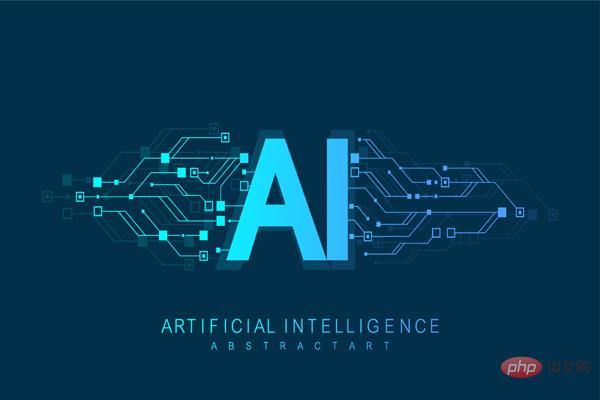
Today, artificial intelligence is used in almost every technology. Machine learning and computer vision are making self-driving cars and robot assistants a reality. Some of the most significant advances in artificial intelligence have been in healthcare, with more people pursuing applications of this new technology every day.

The COVID-19 pandemic has forced medical scientists and researchers to quickly find innovative solutions plan. The speed of the rollout can largely be attributed to the technology implemented during its development. RNA, viral vector and spike protein technologies were put to their best use, and artificial intelligence helped create models for the vaccine.
Researchers used natural language processing models to understand the structure of the virus to predict what kind of immune response potential treatments would trigger. This is how the vaccine approach and its contents are determined.
Identifying the source of the virus and targeting early outbreaks before it spreads globally is the key to preventing Another critical step in the spread of the coronavirus.
Blockchain tracking technology can help health organizations and local governments contain outbreaks at their source, minimizing the need for widespread lockdowns that disrupt daily life and hinder permanent functioning of the economy.
Early warning systems need to quickly identify the starting point of the virus. However, the tracking process is slow and requires multiple strategies to achieve it. Tons of food cross geographical borders every day, so tracking the source of infection is logistically difficult and time-consuming. Through blockchain, analysts can trace currency transactions back to the markets where infected animals were sold and identify where and where the virus originally spread.
More data means more solutions. Preventing the spread of disease requires real-time information and analysis. Advances in big data analytics through artificial intelligence are revolutionizing the way data is collected during health emergencies such as COVID-19. AI algorithms can sift through data collected from smart devices, benchtop analyzers and hospital or pharmacy records, creating a comprehensive network of relevant data for scientists to analyze. The time it would take for humans to collect and sort through so much raw data would make the information virtually useless because the virus could have spread to other areas and mutated into new variants.
Through a network of virus detection sensors powered by artificial intelligence and location tracking technology, local advisories and quarantines can be implemented faster and more accurately, saving lives and spreading infections to nearby areas alarm.
Artificial intelligence models can improve existing vaccines and target previously unmapped T cells provide the basis for making new vaccines.
Immune defense works by using white blood cells to identify pathogens in the body and mount a defensive response against them. The immune system then acts like a biological bookkeeping book, storing information about previously encountered pathogens.
White blood cells, or lymphocytes, contain B cells that produce antibodies to fight pathogens and T cells that destroy targets. T cells target viruses by latching on to proteins on the surface of viral cells and destroying them.
The problem scientists face in developing an effective vaccine is figuring out which T cells latch on to which proteins.
It is estimated that a single person carries more different T-cell keys than there are stars in the Milky Way. A new artificial intelligence model developed by researchers improves existing vaccines and provides a basis for creating new vaccines by finding new lock, and key combinations of previously unmapped T cells. The AI model is flexible and works for every possible pathogen, as long as we have enough experimental key-lock pairs. For example, when a sufficient number of such pairs are available, we will soon be able to apply the model to the coronavirus SARS-CoV-2.
COVID-19 presents unique challenges to everyone. As unprecedented public policies are implemented to varying degrees around the world, scientists are faced with solving a global pandemic with little information and people cut off from family and friends.
However, the experience gained during the rise of COVID-19 in various fields, combined with advances in artificial intelligence and blockchain technology, can promote new understanding of how to fight epidemics. With the tools we have now, the impact of the novel virus can be mitigated so that hopefully we will never see the scale of a pandemic again.
The above is the detailed content of How artificial intelligence and blockchain can fight the epidemic. For more information, please follow other related articles on the PHP Chinese website!




